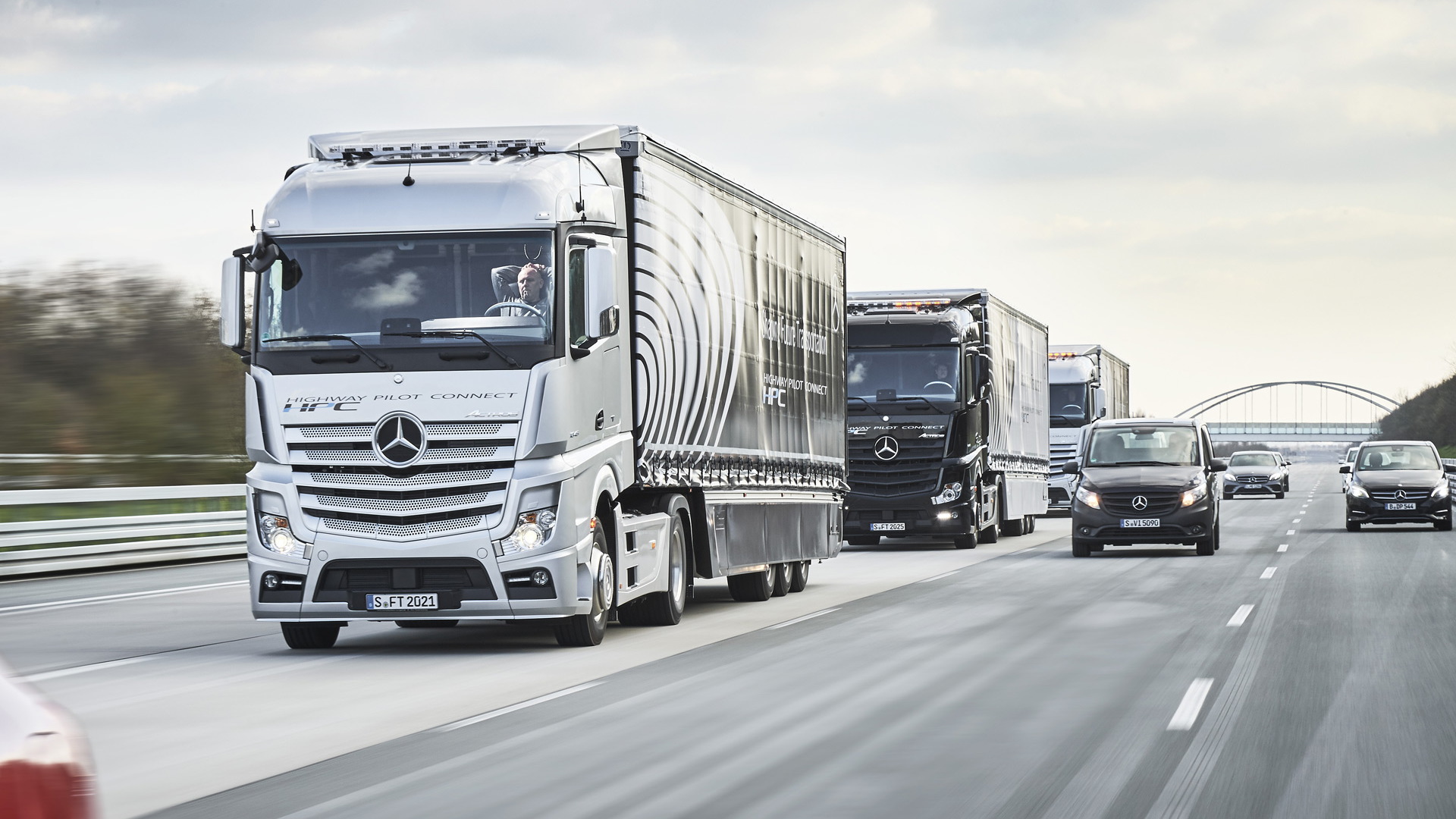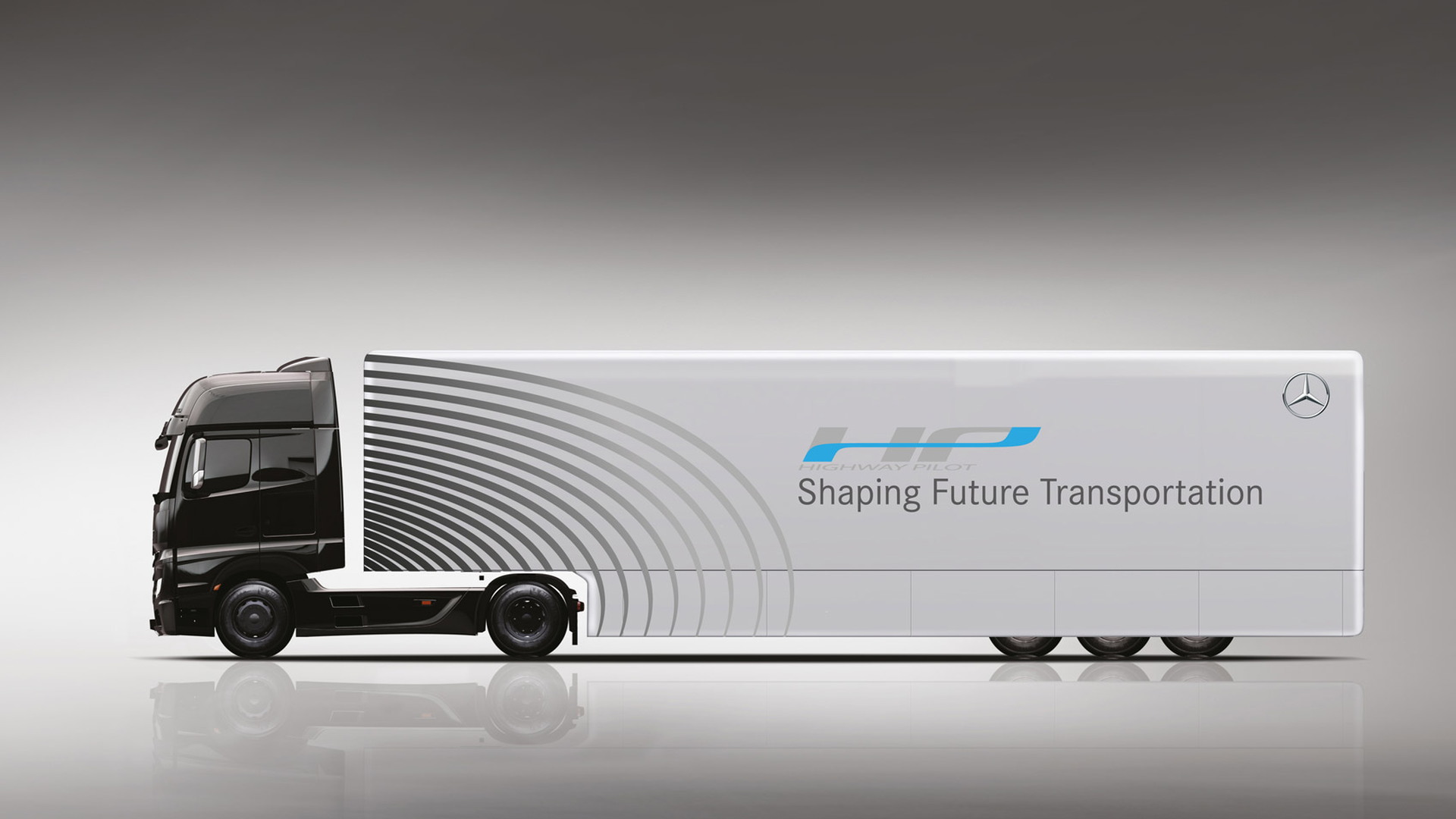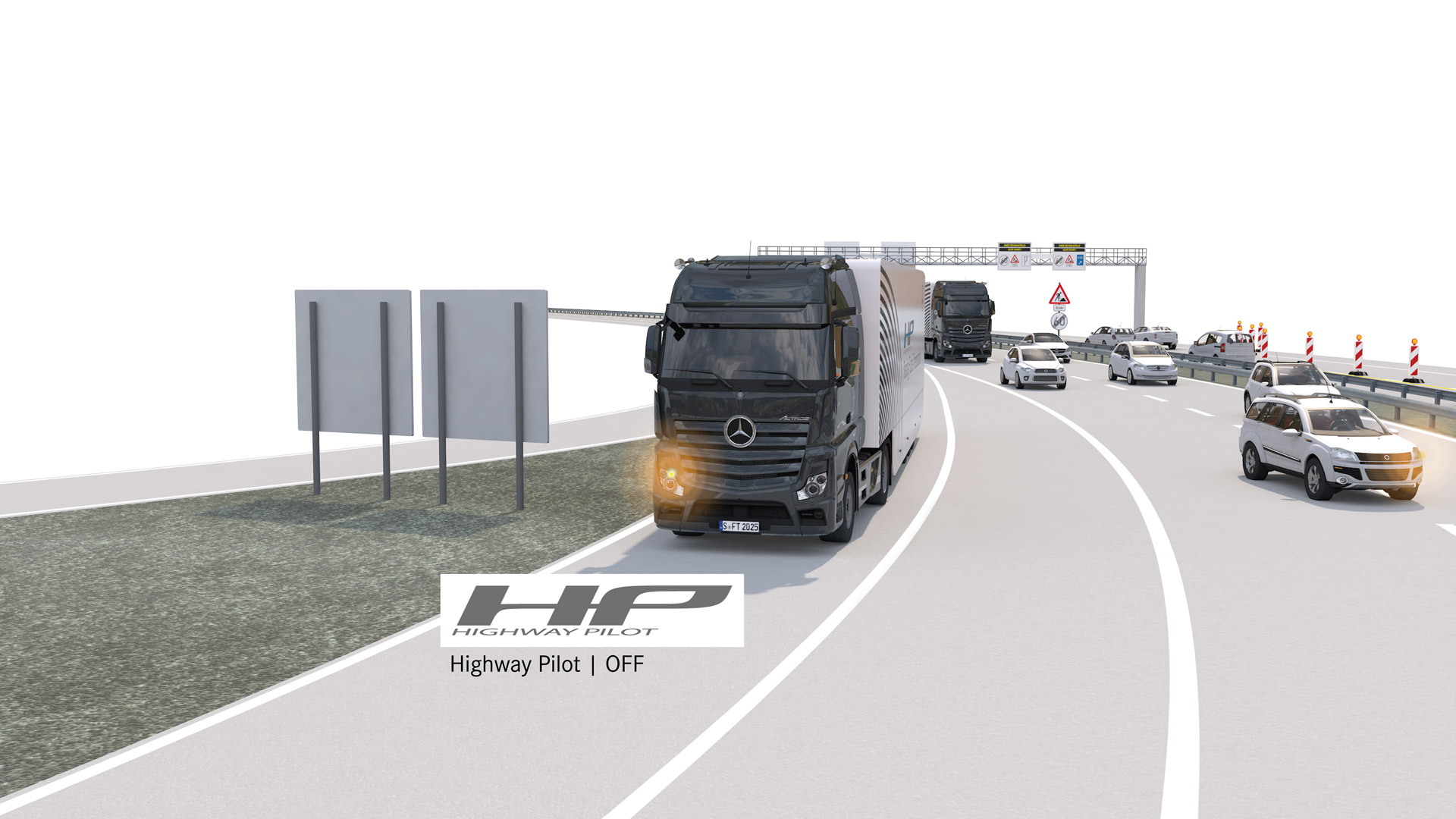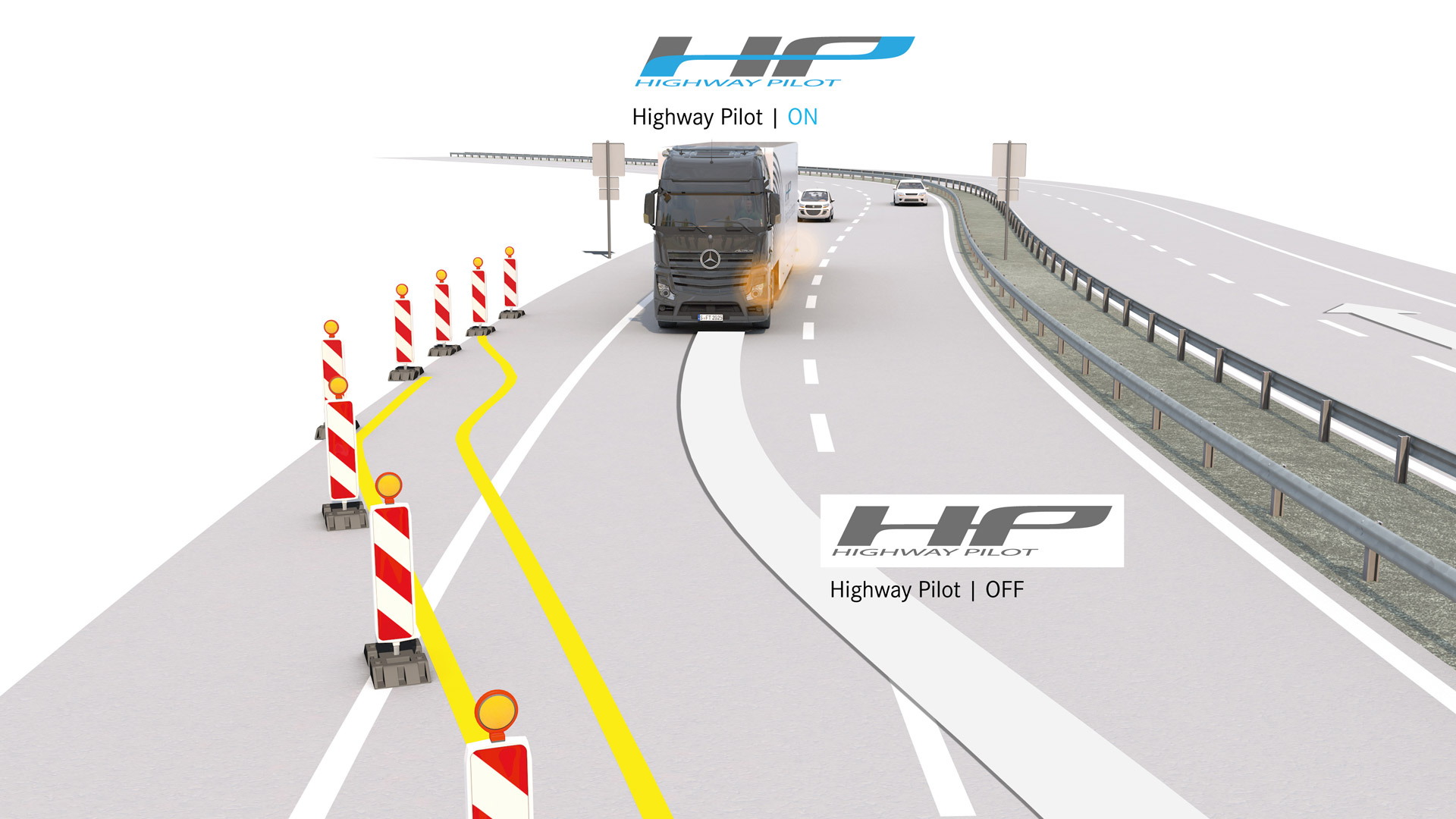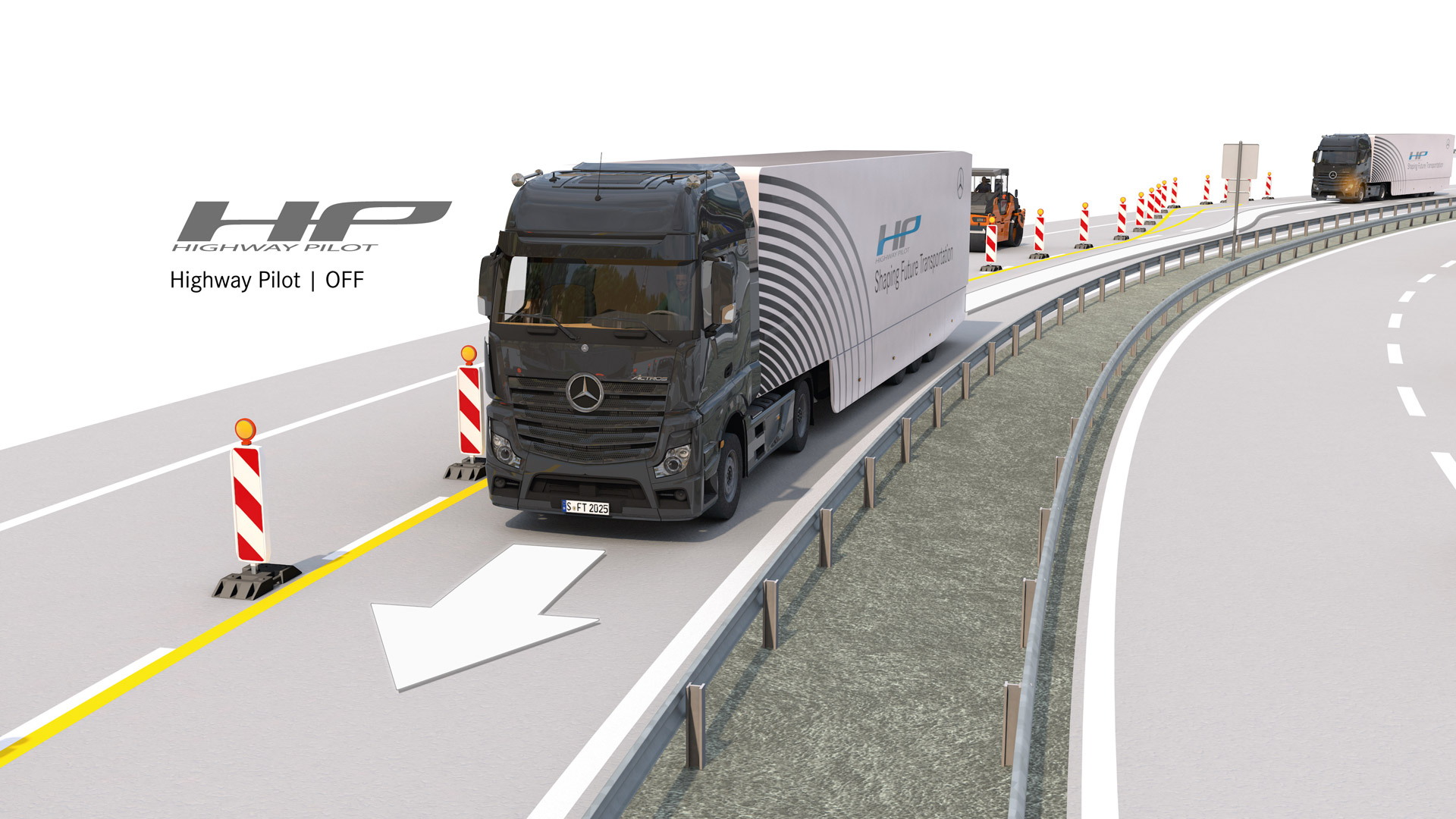In the not too distant future, the role of a truck driver may be obsolete.
German auto giant Daimler, which owns major truck brands such as Mercedes-Benz Trucks, Freightliner and Western Star, is already testing trucks that can cross multiple countries with minimal driver intervention.
ALSO SEE: Acura reveals NSX production secrets
A trio of self-driving Mercedes-Benz Actros trucks set off yesterday from Stuttgart, Germany and should be completing their trial run in Rotterdam, the Netherlands sometime tomorrow. The trucks are traveling in a platoon formation and constantly send information between one another.
Technology still in development but progressing fast
The technology, known as Highway Pilot Connect, is still in development, with trials taking place not only in Europe but in the United States as well. Last year we saw a self-driving Freightliner complete a trial run in Nevada. At present, a human driver is still required to take over in critical situations, such as changing lanes, passing maneuvers and exiting and entering new highways. The long-term goal, though, is to develop trucks that are fully autonomous.
CHECK OUT: Tesla Model 3 first ride
Highway Pilot Connect relies on radar and stereo camera monitoring systems that look ahead up to 820 feet, enabling it to keep the truck within posted speed limits and within a safe distance from other road users. Crucially, it also relies on vehicle-to-vehicle (V2V) and vehicle-to-object communication (V2X) systems, which enables fuel savings of around 10 percent through the platoon formation, also referred to as electronic docking.
Safer and more fuel efficient
Thanks to V2V capability, Highway Pilot Connect-equipped vehicles traveling long distances can form a platform where the distance between each is only 15 meters instead of the usual 50 meters. This considerably smaller distance produces a significant reduction in aerodynamic drag, and thus fuel consumption. Daimler points out that the concept is comparable to slipstream riding in cycling.
In addition, a vehicle platoon takes up much less space than individually controlled vehicles. It’s also safer since Highway Pilot Connect can send braking signals to the vehicles in the platoon in less than 0.1 of a second. This compares with the average human’s reaction time of around 1.4 seconds.
As for when we might see something like the Highway Pilot Connect system available in showrooms is still up in the air. Development is far from complete and then there are all the regulatory hurdles to overcome. Daimler says it is maintaining dialogue with all possible stakeholders in autonomous vehicles, from government officials to motoring and transport bodies.
_______________________________________
